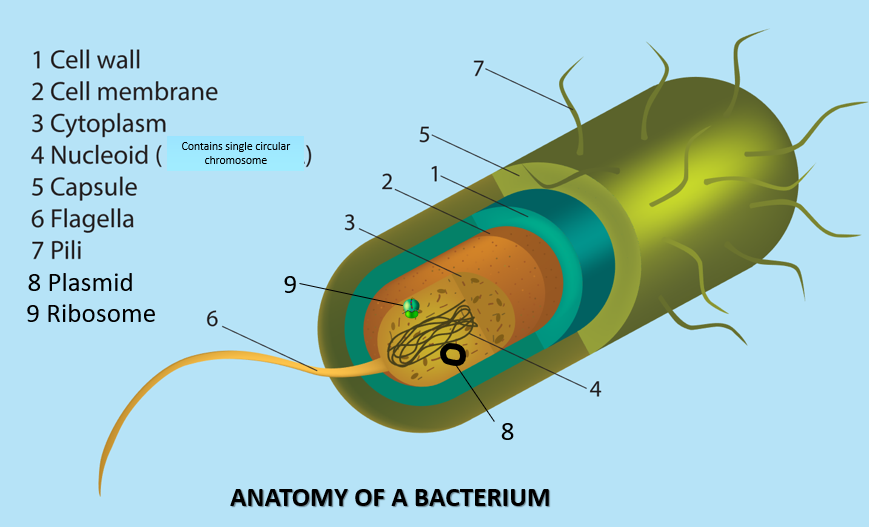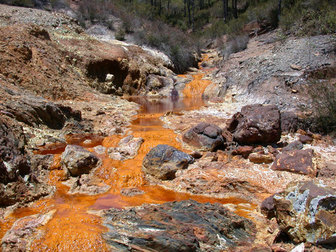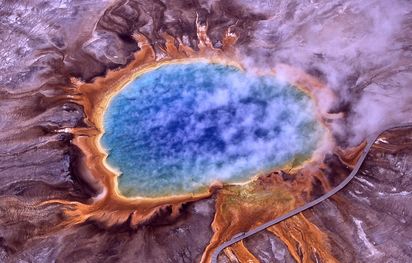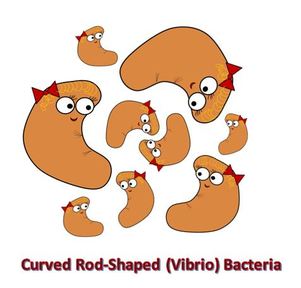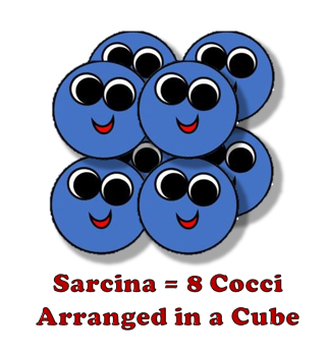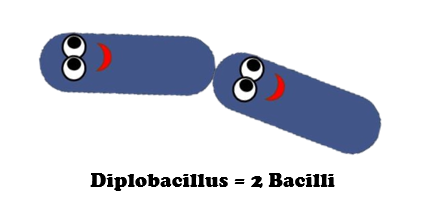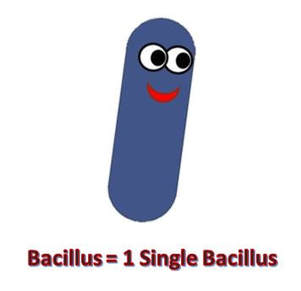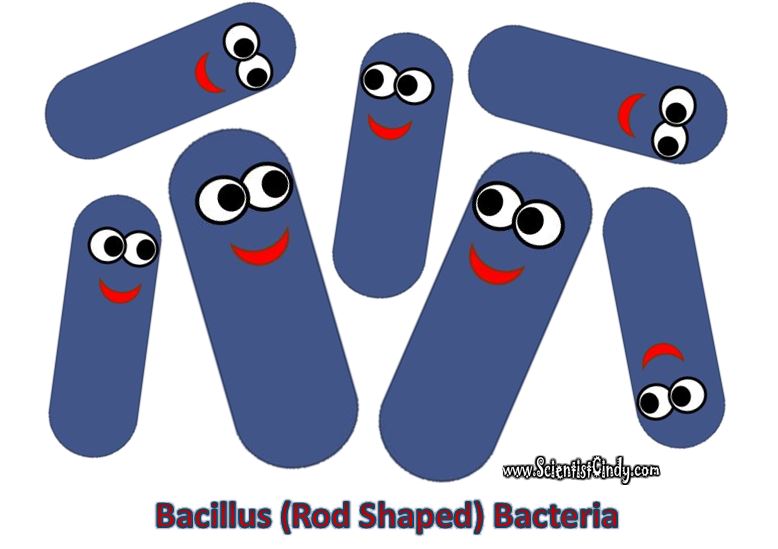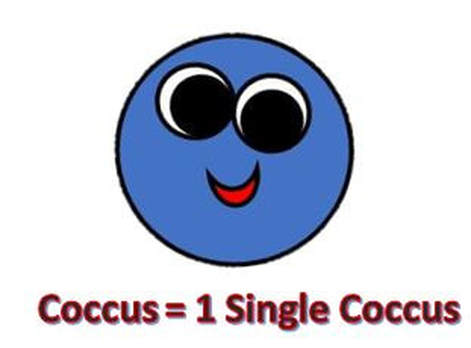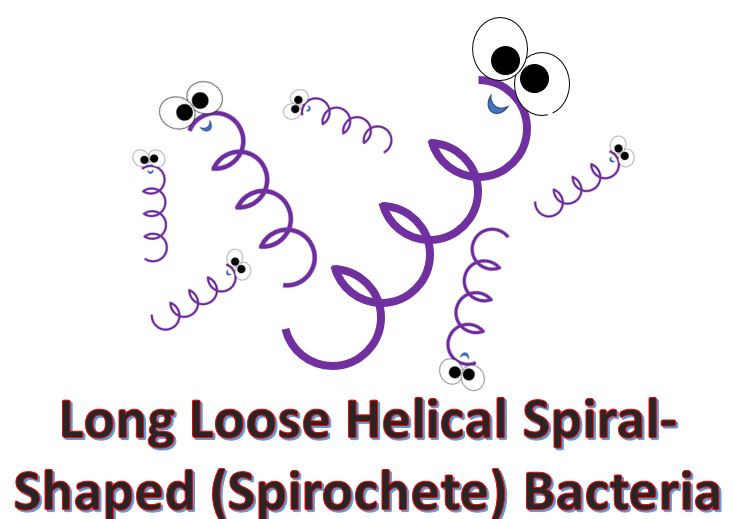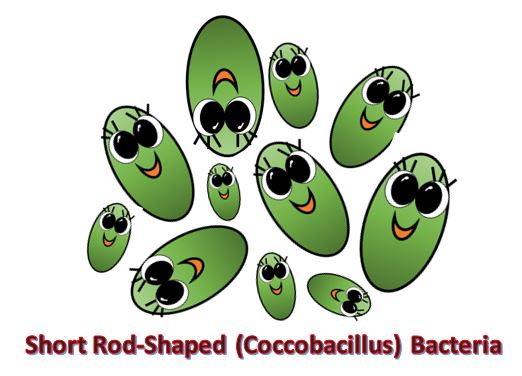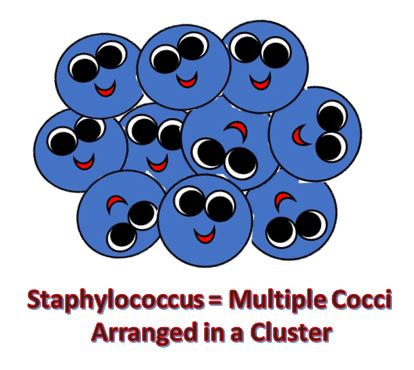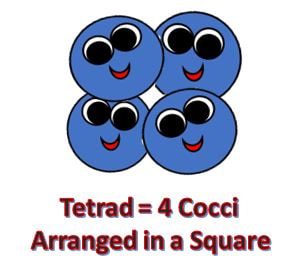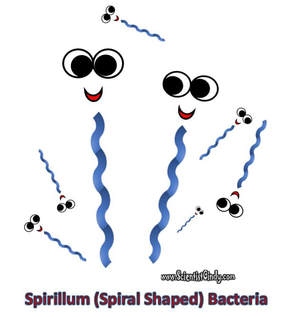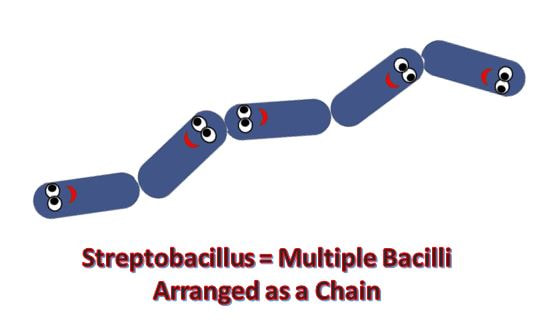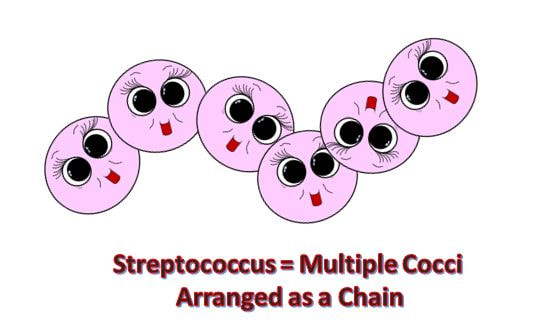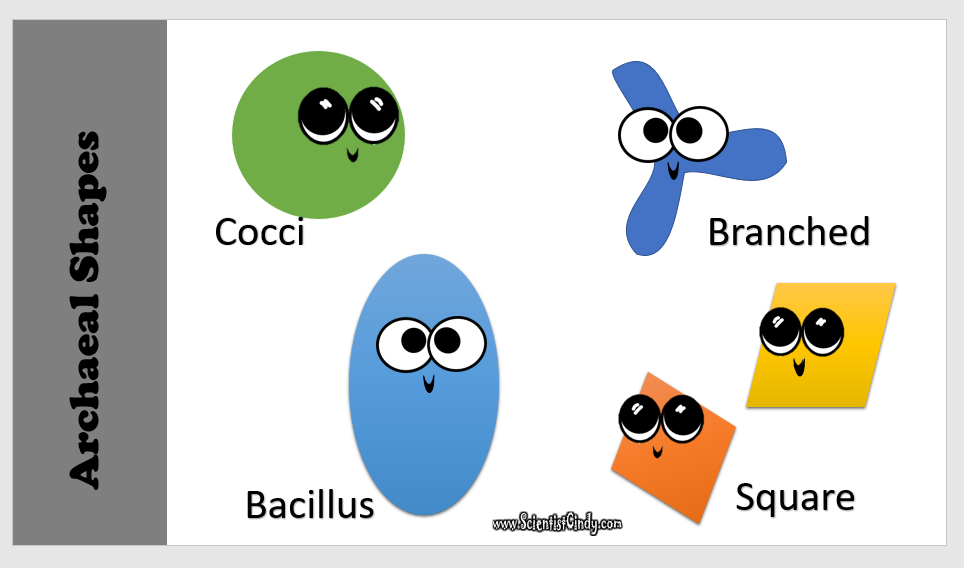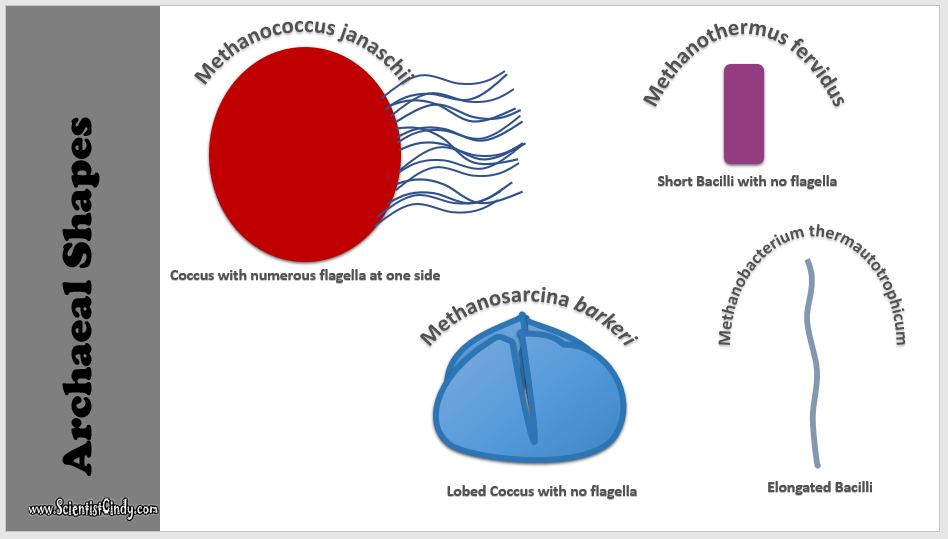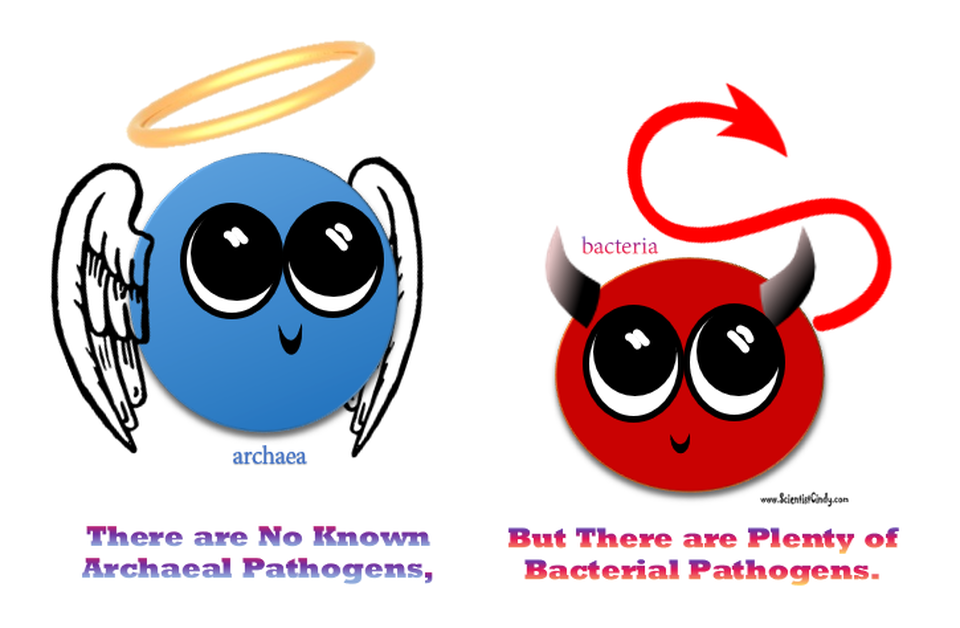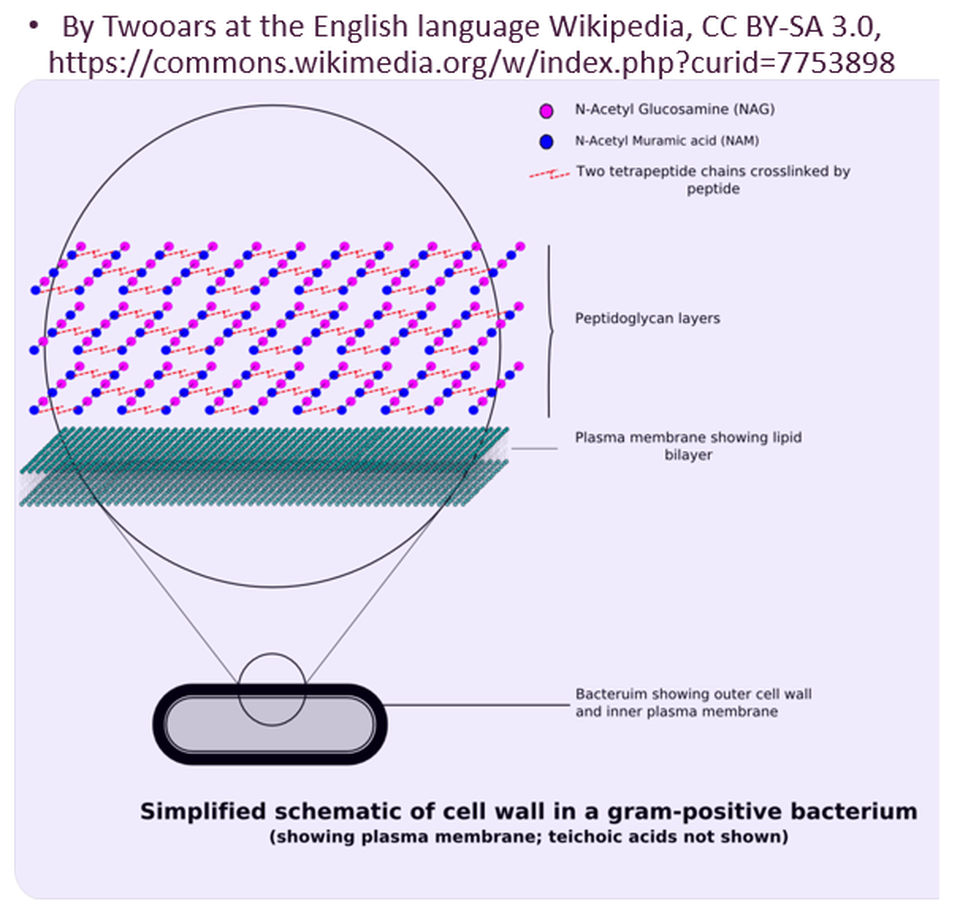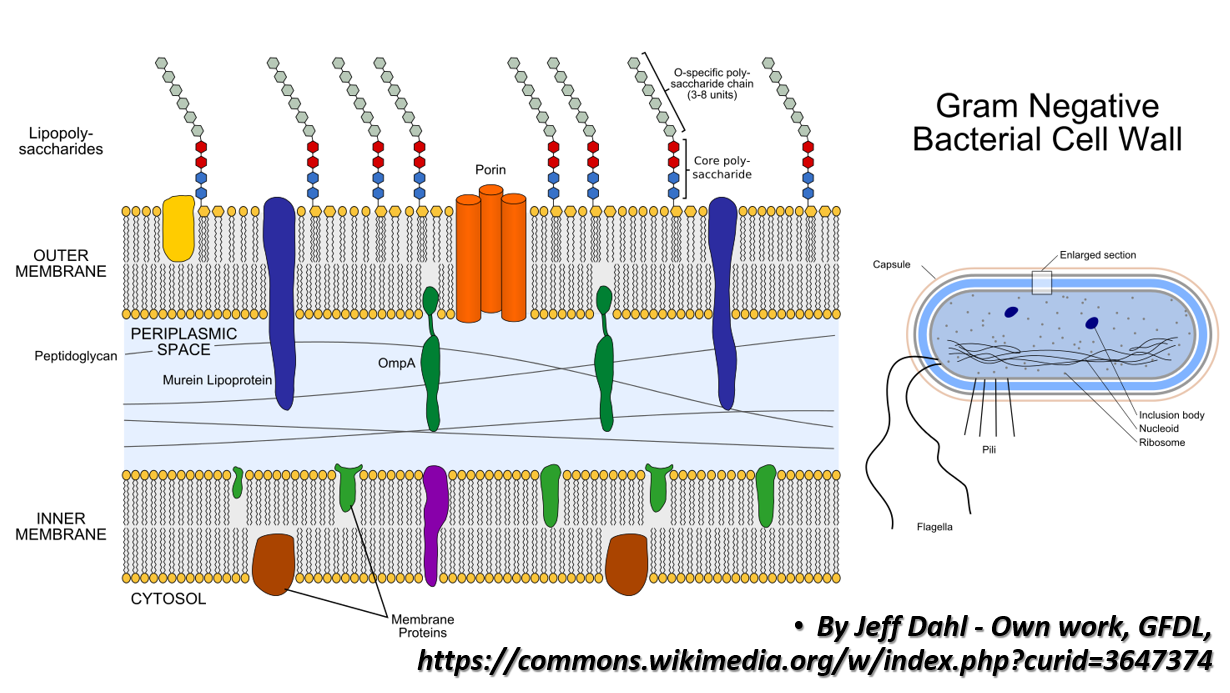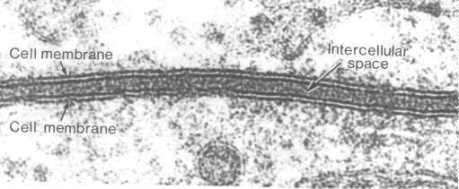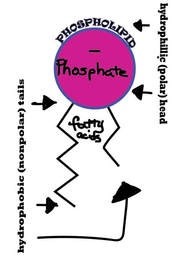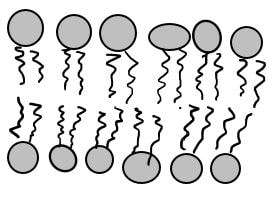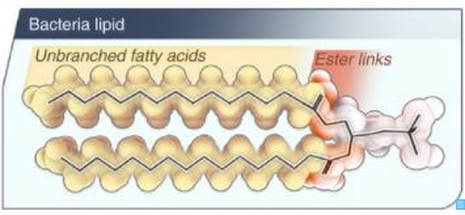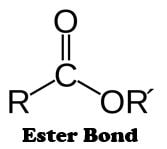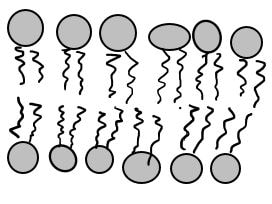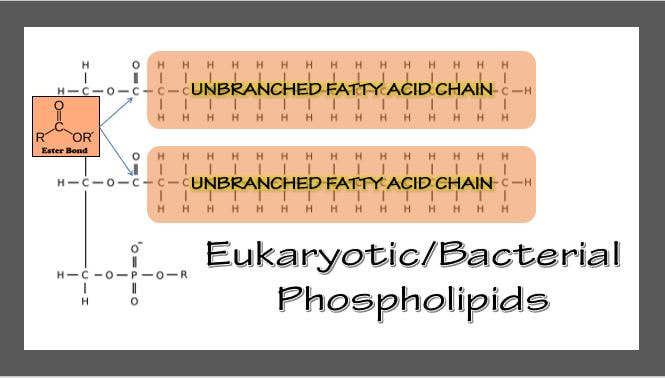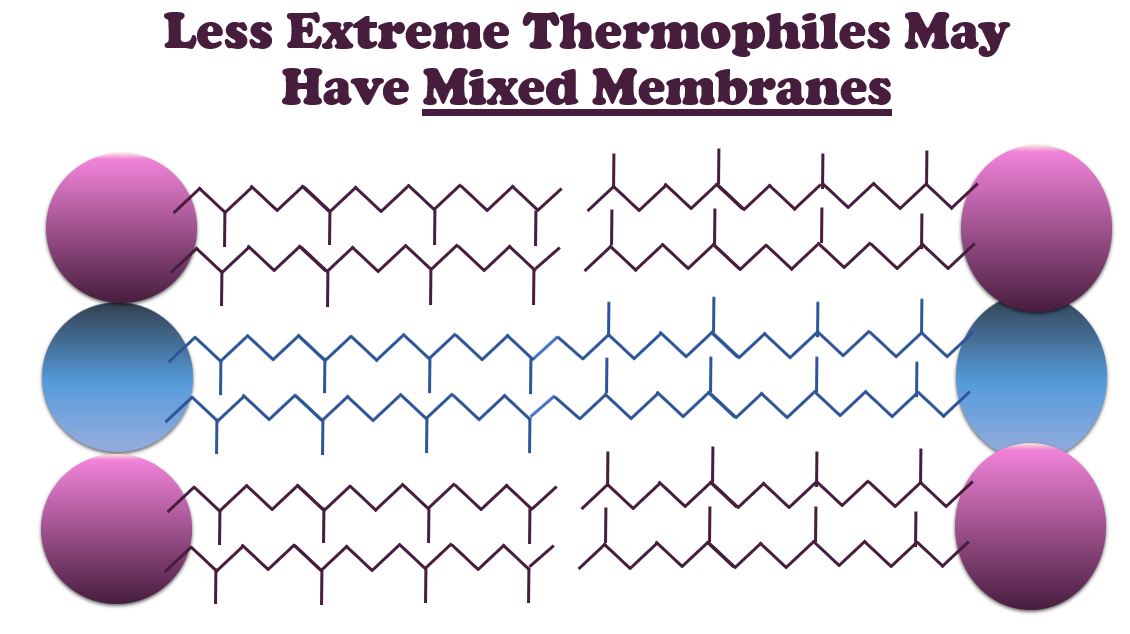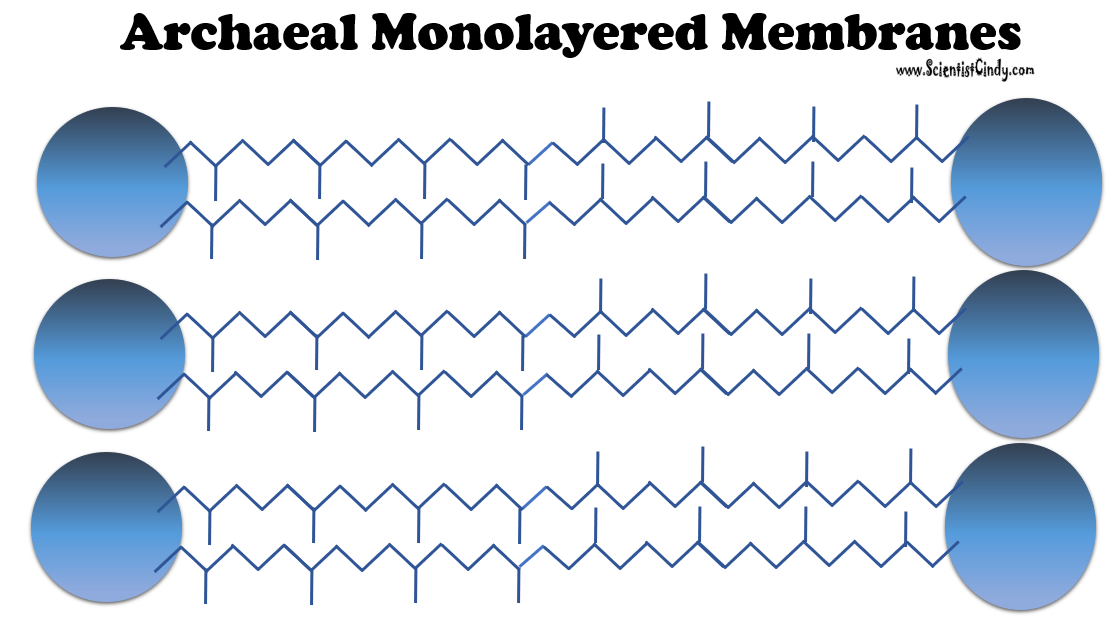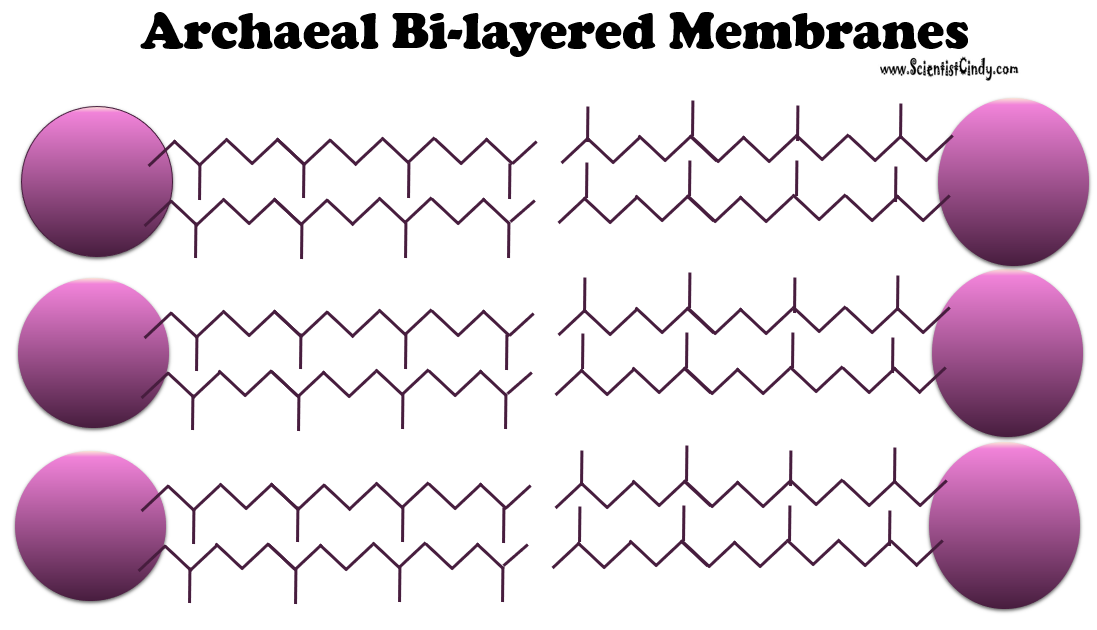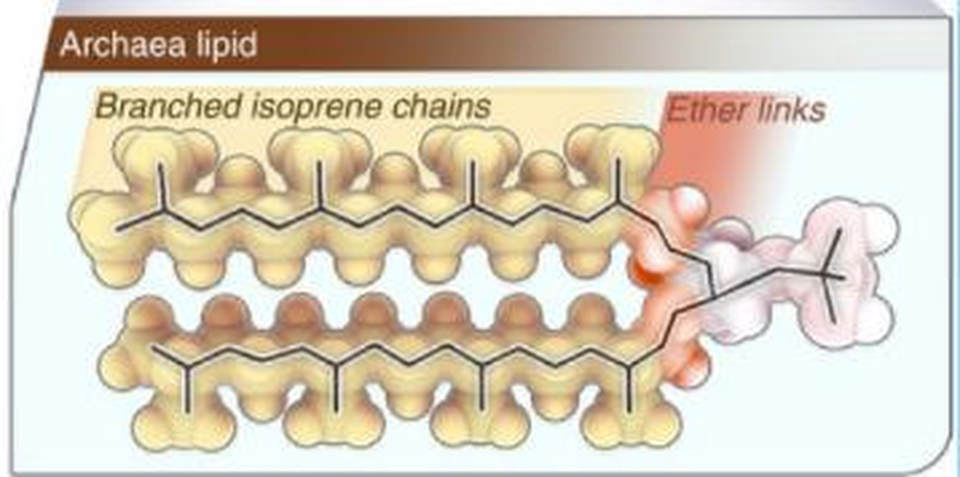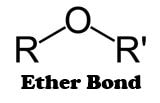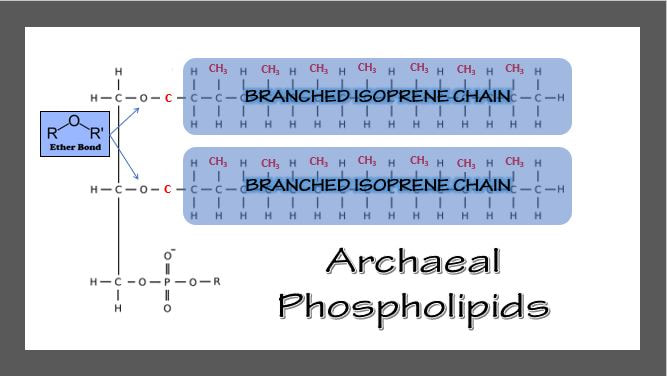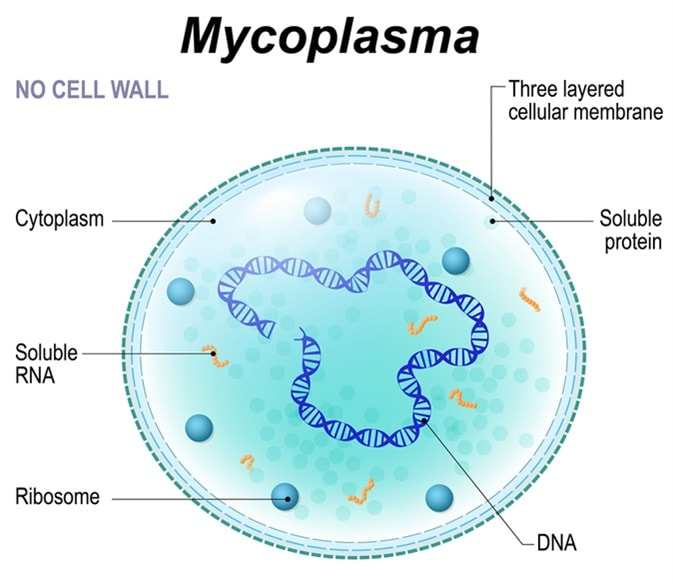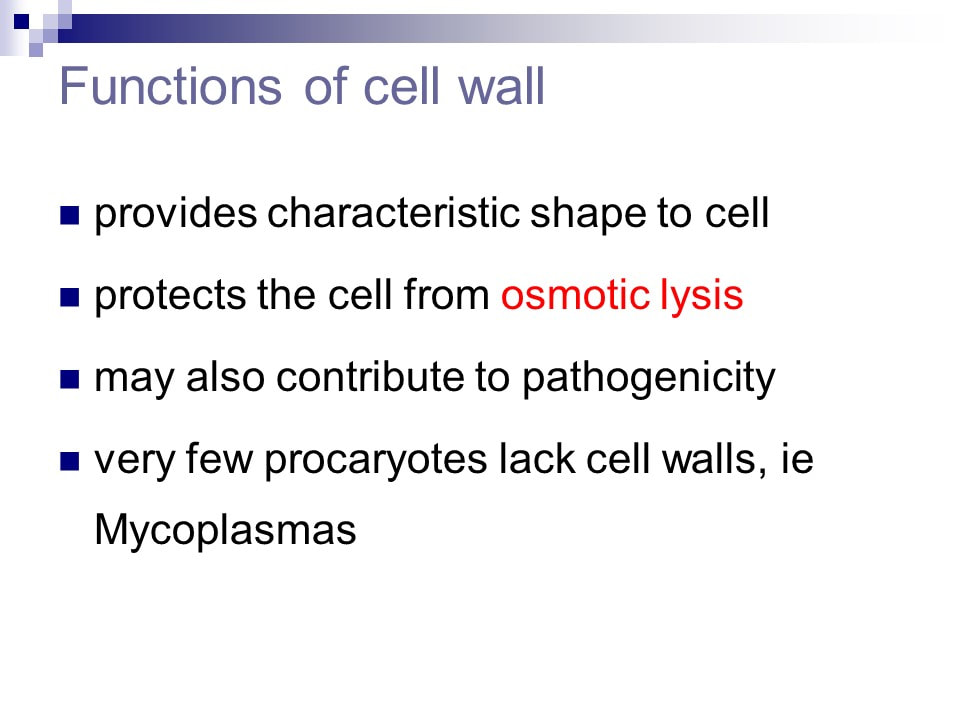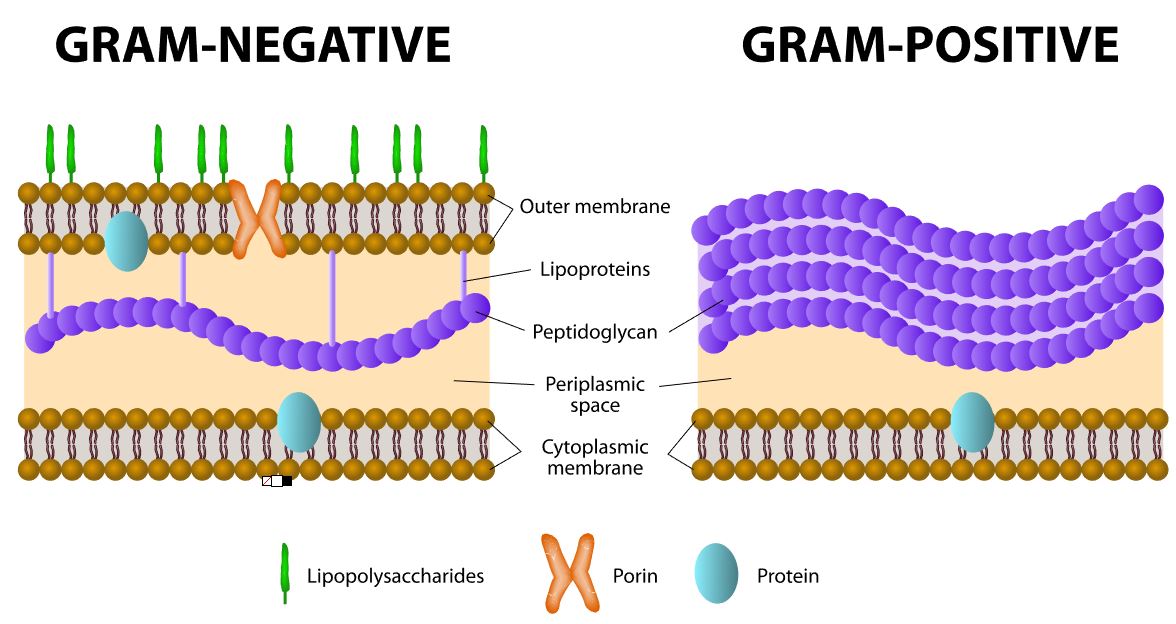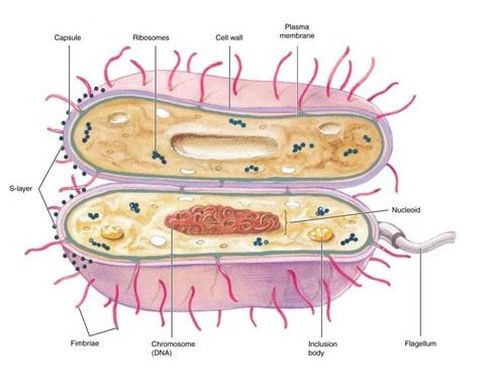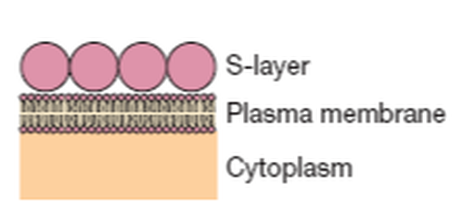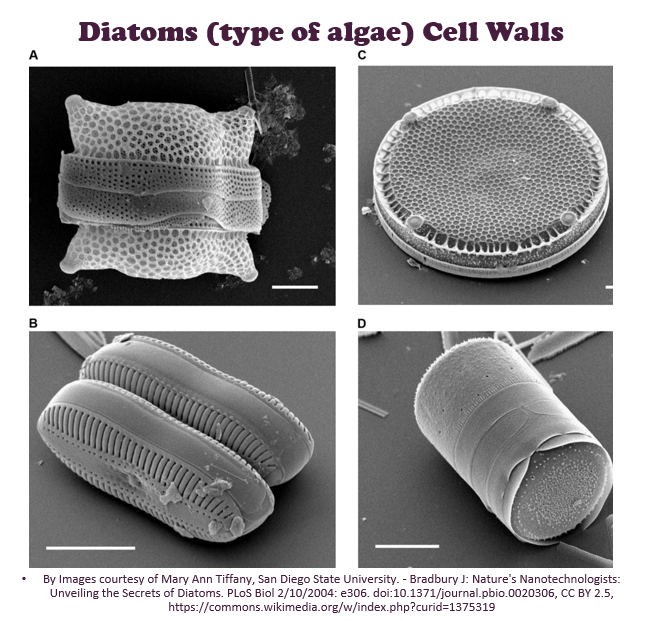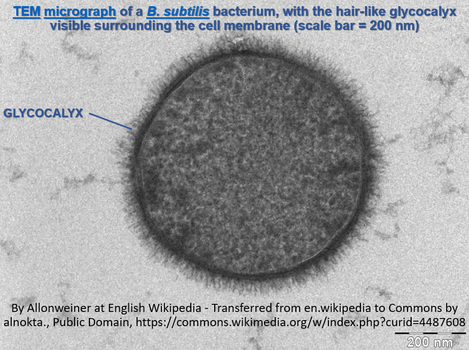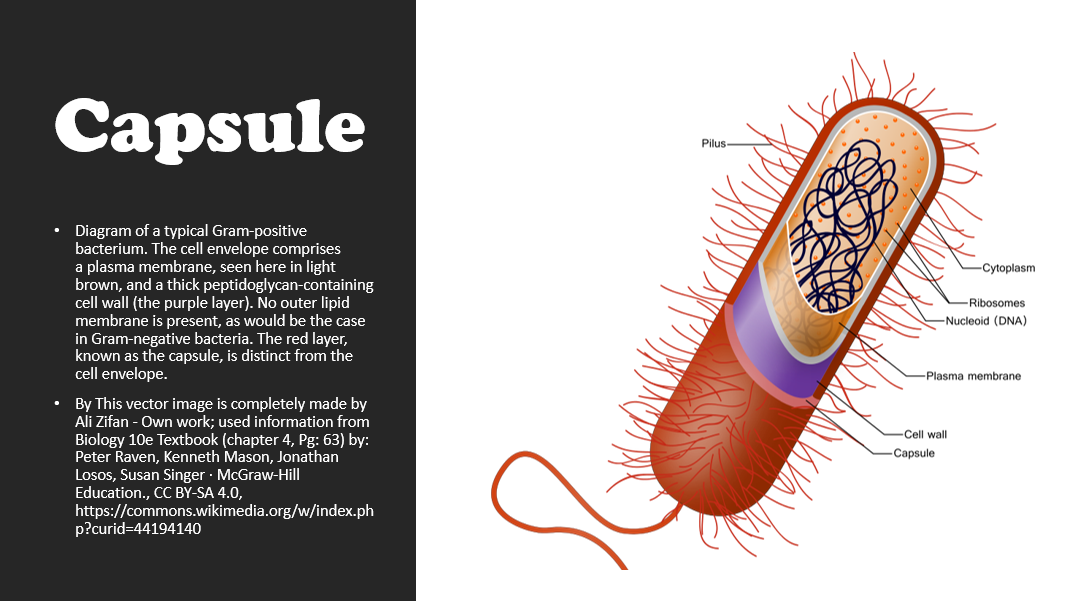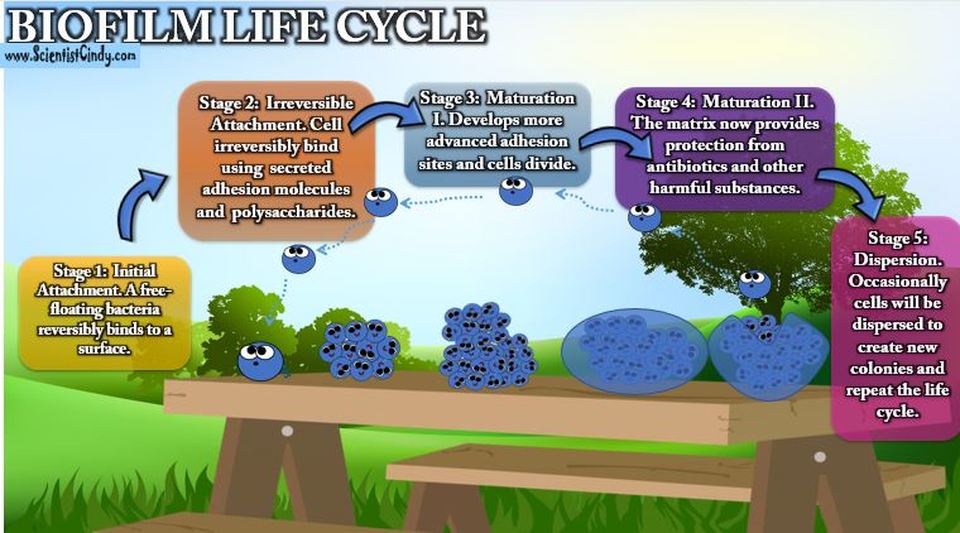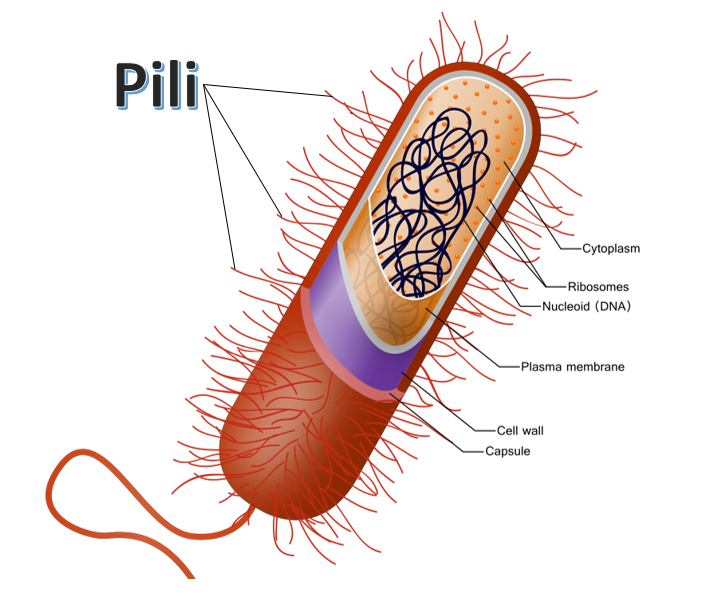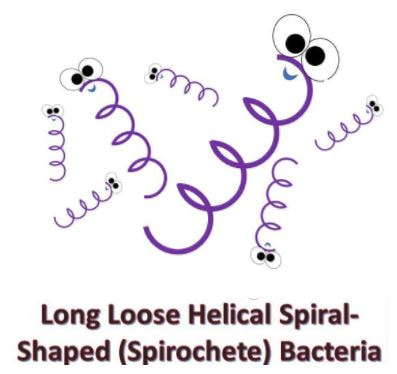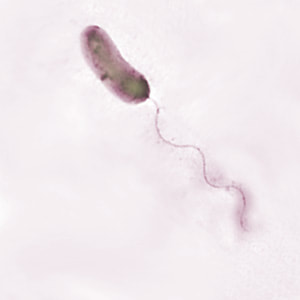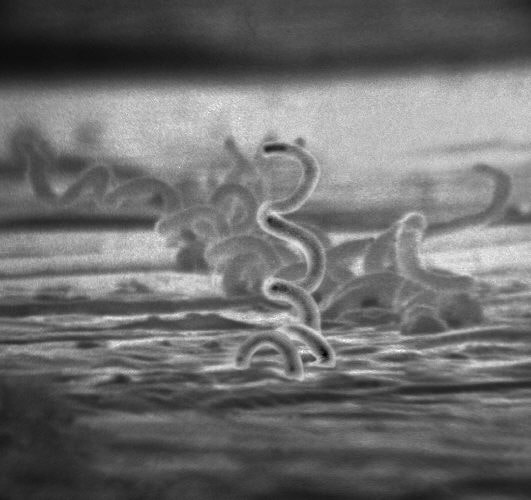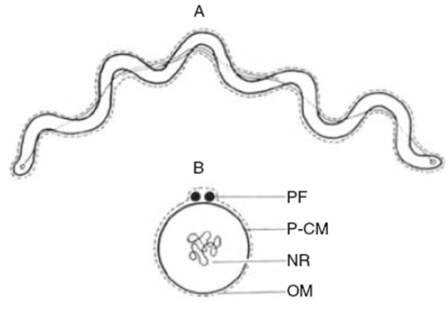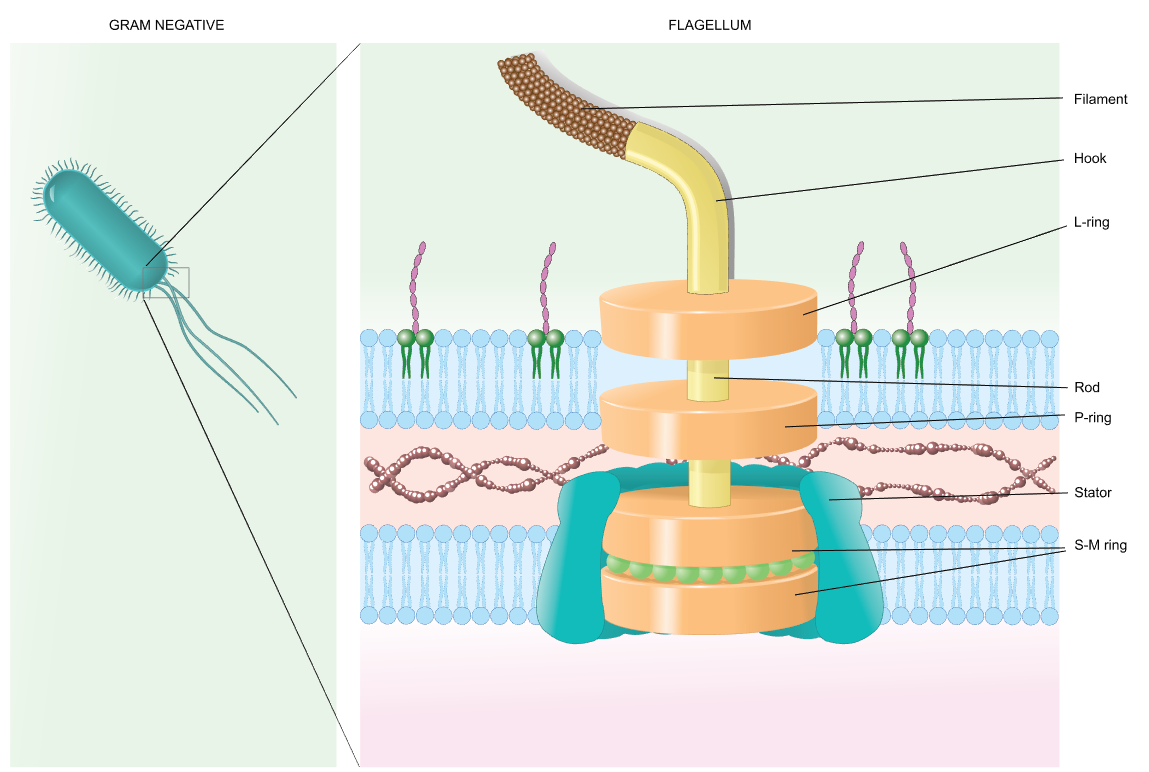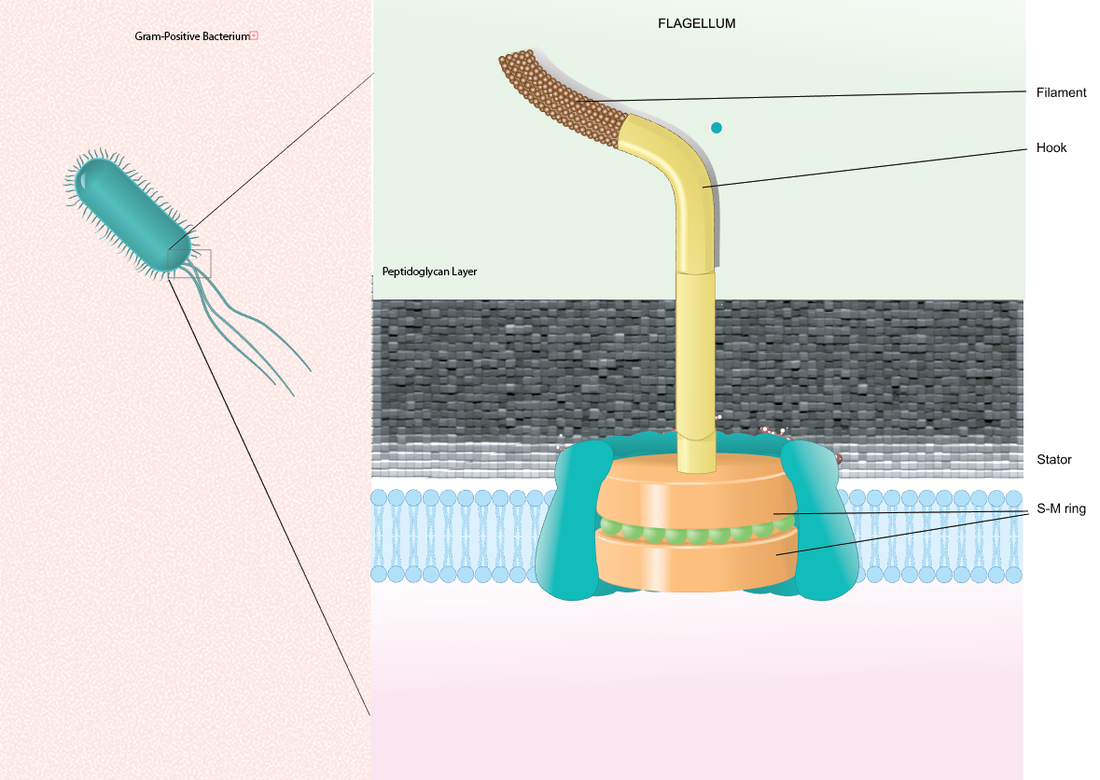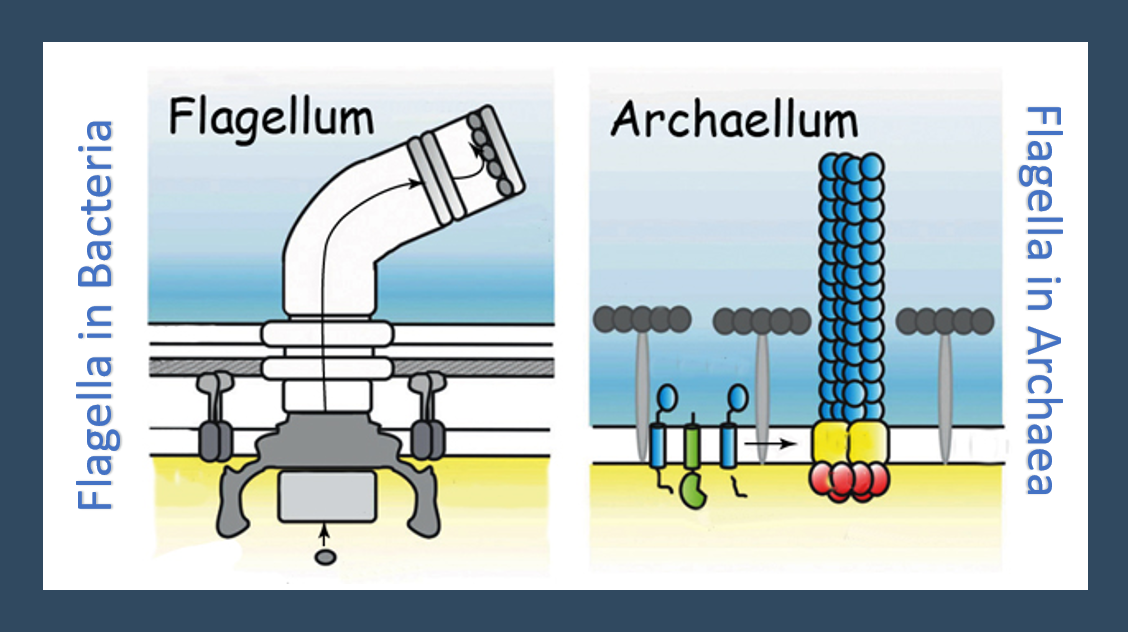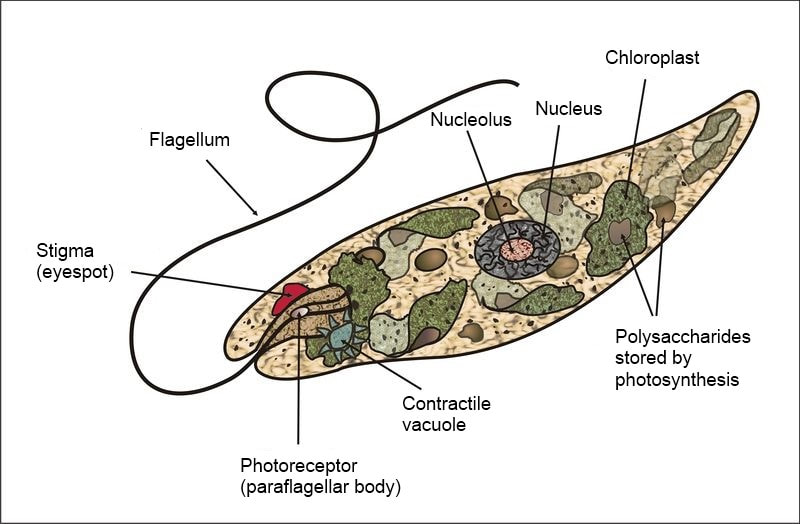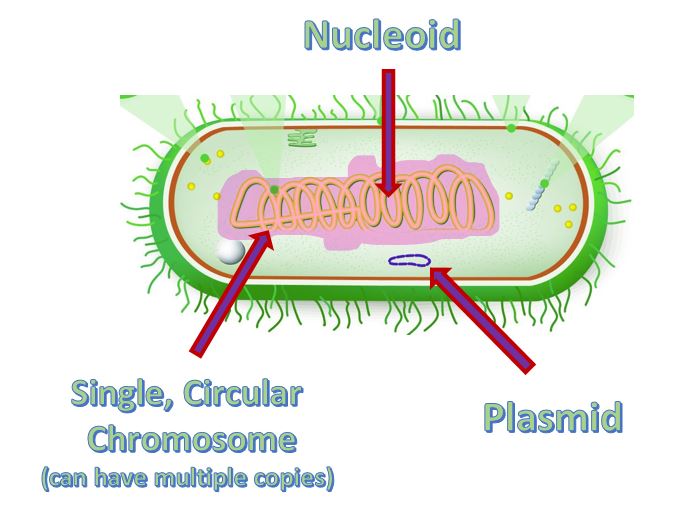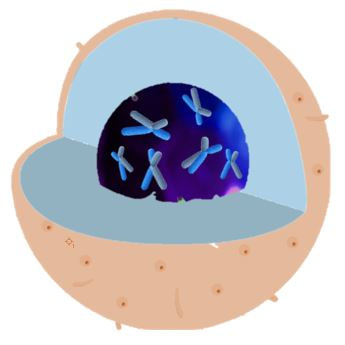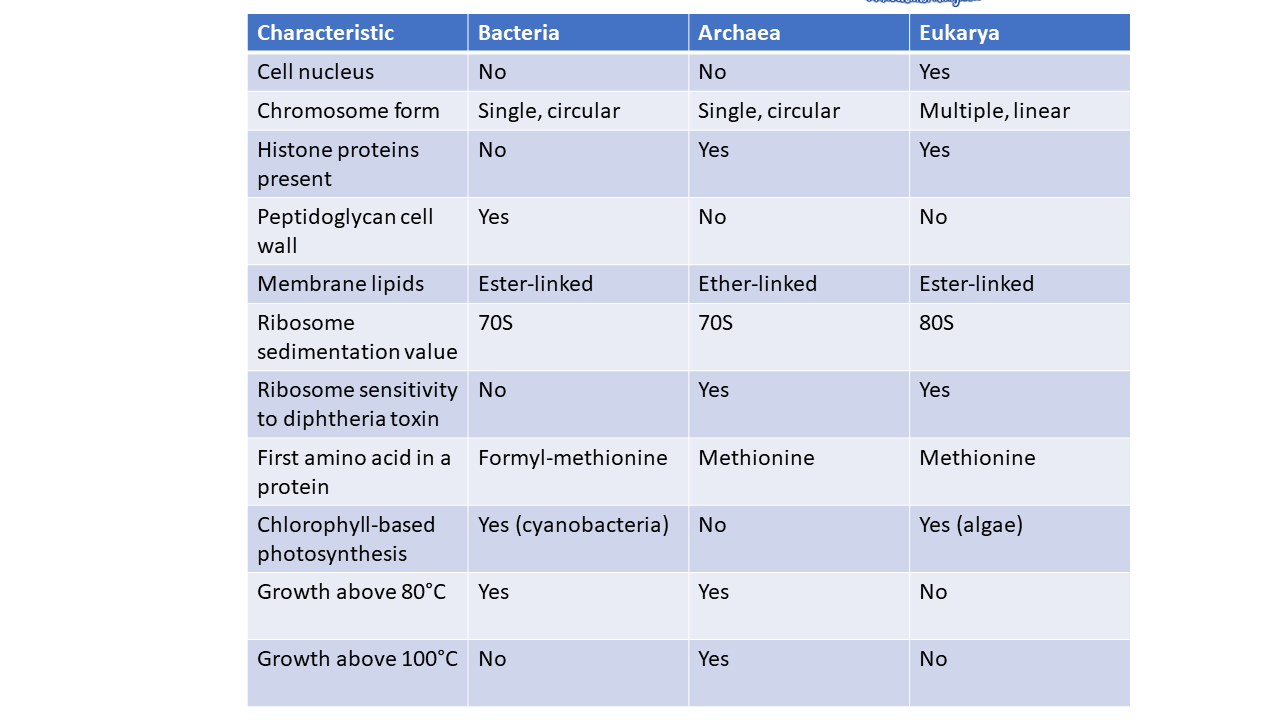CELL STRUCTURE AND FUNCTION IN THE BACTERIA AND ARCHAEA
Following the initial discovery of different ribosomal subunit found in archaeal cells, more differences were soon discovered as well. These discoveries confirmed that these cells were indeed in a category ALL THEIR OWN! Some of these differences include... differences in cell wall composition differences in lipids that form the cell membrane differences in sensitivities to antibiotics lipids, and sensitivity

Comparisons Archaea have the same general appearance as bacteria, but upon further examination, archaeal cells have more in common with eukaryotic cells than bacteria cells.
Despite their differences, all of the organisms in both the domain bacteria and the domain archaea are entirely made up of prokaryotic organisms.
The name Prokaryotic means ‘before nucleus’ and Eukaryotic means ‘true nucleus'. Archaea, means "ancient".
Despite their differences, all of the organisms in both the domain bacteria and the domain archaea are entirely made up of prokaryotic organisms.
The name Prokaryotic means ‘before nucleus’ and Eukaryotic means ‘true nucleus'. Archaea, means "ancient".
Archaea tend to be smaller than bacteria.
Archaea are less than 1 micron long, which is 1/1,000th of a millimeter. Archaeal cells can only be seen using an electron microscope.
|
Archaea are extremely diverse and have adapted to many extreme habitats. Some forms have evolved to survive off of odd forms of nutrition such as sulfur and cyanide.
Many members of the Archaea are found in extreme environments and are called "extremophiles". Some species of archaea can be found inside glacial ice in freezing temperatures. Others are found in deep-sea thermal vents feasting on sulfur bubbling up from the Earth, in a habitat where sunlight never reaches. Some species called thermophiles love the heat and are able to grow at temperatures well over 100 ◦C, that would boil water. There are examples of archaeal organisms that can survive or even prefer extreme levels of salinity, pH, or pressure. |
Round cells (cocci), rod-shaped cells (bacilli) are seen in bacterial and archaeal cells. Spiral-shaped cells are seen more often in bacteria cells.
Some very strange, rather odd shapes are found in archaeal cells, like branched, square, lobed-coccus, short or elongated bacilli, or even coccus with a bunch of flagella coming out of one side!
Archaea Have More Morphological Diversity
than Bacteria
Pathogens are organisms that cause illness or disease. There are pathogenic organisms that are in the bacteria domain and the eukarya domain BUT..... so far we have not discovered any pathogenic archaea!
CELL ENVELOPE
The cell envelope comprises the cell membrane and any structures surrounding the cell membrane.
Gram-Positive Bacterial Cell Envelope
Gram-positive bacteria cell envelope consists of the cytoplasmic membrane, cell wall and capsule.
Gram-Negative Bacterial Cell Envelope
Gram-negative bacteria cell envelope consists of the cytoplasmic membrane, cell wall, periplasmic space, outer membrane and capsule.
The Cell Membrane
of Bacteria, Archaea and Eukaryotic Cells
The cell membrane in eukaryotic cells and bacteria cell is made up of a double layer of phospholipids.
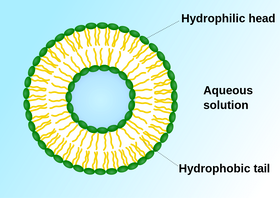
Phospholipids spontaneously form lipid bilayers in any aqueous environment due this amphipathic nature of lipid molecules.
The structure of the cell membrane in BACTERIAL AND EUKARYA CELLS
- The type of fatty acids found in the phospholipids of bacteria and eukaryotic cells are UNBRANCHED fatty acid chains that consist of hydrocarbons (H-C).
- The phosphate groups of the phospholipids in bacteria and eukaryotic cells are bonded to the fatty acid chains using ESTER BONDS.
- All bacteria and eukaryotic cells have cell membranes that are arranged as a phospholipid bilayer.
The structure of the cell membrane in
ARCHAEAL CELLS
- The type of fatty acids found in the phospholipids of archaeal cells are composed of BRANCHED ISOPRENE CHAINS.
- The phosphate groups of the phospholipids in bacteria and eukaryotic cells are bonded to the fatty acid chains using ETHER BONDS.
The Cell Wall
of Bacteria, Archaea and Eukarya
There are examples of organisms in all 3 domains of life that have cell walls. The cell membrane protects the cell by creating a barrier between what is inside the cell and what is outside the cell.
The Cell Wall of Bacteria
|
Properties of the Archaeal Cell Wall
Properties of the Eukarya Cell Wall
|
An S-layer (surface layer) is a part of the cell envelope found in almost all archaea, as well as in some types of bacteria. The S-layer is a rigid mesh of proteins that cover the outside of the cell like chainmail.
|
The Glycocalyx Is an Outer Layer External to the Cell Wall
The GLYCOCALYX can take the form of a CAPSULE or a SLIME LAYER. When the glycocalyx layer is thick and covalently bonded to the cell, it is called a CAPSULE. When the glycocalyx layer is thin and loosely attached, it is referred to as a SLIME LAYER.
Capsule: This polysaccharide outer coating of the bacterial surface often plays a role in preventing phagocytosis of bacteria.
Slime Layer (extracellular polysaccharide): This is extracellular material, that is secreted when bacteria become a biofilm (colonize).
SOME BACTERIA CAN HAVE PILI
|
Pili Are Protein Fibers Extending from the Cell Surface
|
- Another type of pili is the conjugation pili used for plasmid transfer from one bacterium to another.
Some Microscopic Organisms in All 3 of the Domains of Life Have One or More Flagellum.
Flagella Are Long Appendages Extending from the Cell Surfaces
- The function of the Flagellum is to provide motility.
Spirochaetes is a phylum of bacteria that are called "spirochetes". Spirochetes have a flagellum that is very unique!
Flagella in Most Bacteria
Flagella that are found in bacterial cells have a spiral filament, a hook, and a central rod (basal body). The flagellum is a whip-like filament that rotates like a propeller. The flagellum contains a motor-like structure that propels the motion.
- Gram-positive bacteria have a two rings embedded in the cell membrane and one ring embedded in the cell wall.
- Gram-negative bacteria have a two rings embedded in the cell membrane and two rings embedded in the cell wall.
Flagella in Archaea (archaellum)
The flagellum is a whip-like filament that rotates like a propeller. The flagellum contains a motor-like structure that propels the motion. The protein structure of the motor that propels archaea is unique.
Features of the archaeal flagellum or archaeallum
- flagella in archaea have same function = motility
- flagella in archaea are sometimes referred to as the archaellum
Features of the archaeal flagellum or archaeallum
- filamentary “grappling hook” the organism uses these hooks to attach to surfaces and pull itself forward.
GENETIC MATERIAL
in Bacteria, Archaea and Eukarya
Properties of DNA in Bacteria Cells.
|
Many bacterial cells carry a small, circular, extrachromosomal segment of double-stranded DNA called a plasmid.
|
Properties of DNA in Archaeal Cells.
- Archaea are prokaryotic, so they do not have a nucleus.
- Archaea have a single circular chromosome that exists in a nucleoid region of its cytoplasm.
- Archaea, like bacteria, also can carry small extrachromosomal loops of DNA. called plasmids
- Plasmids can be transferred from one archaea cell to another through a process that is probably similar to the process of conjugation observed in bacterial cells.
- Archaeal DNA is packaged using histones.
- Archaeal DNA contains introns.
|
Properties of DNA in Eukaryotic Cells.
|
HISTONES
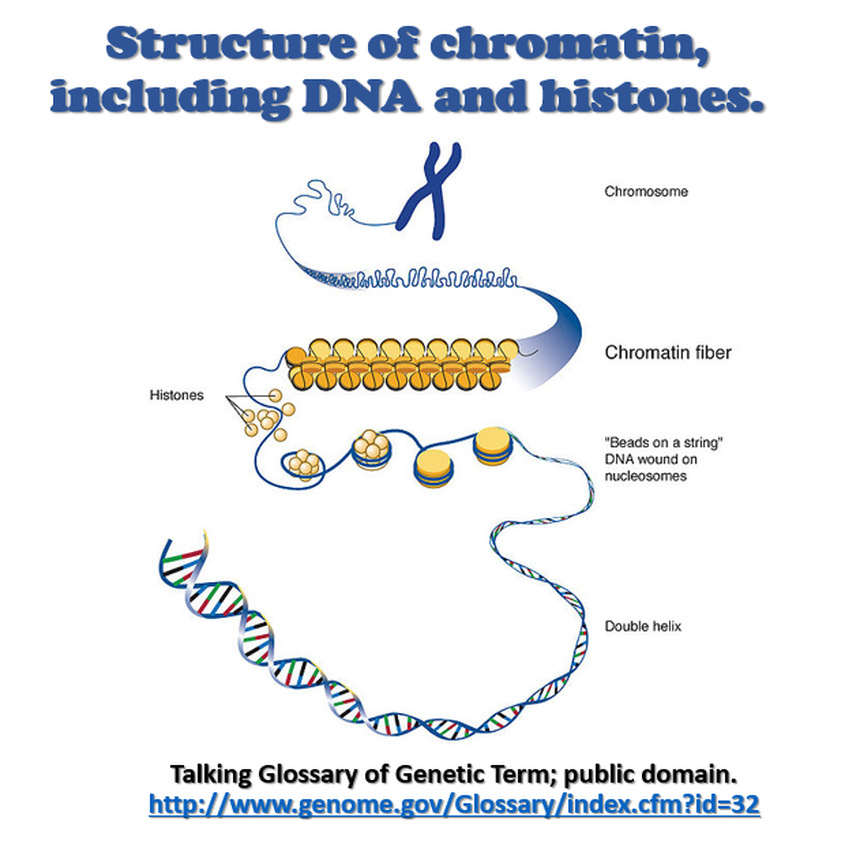
Histones function to package (or remodel) DNA.
- Histone proteins are found in EUKARYOTIC CELLS.
- Histone proteins are found in ARCHAEAL CELLS.
- Histone proteins are NOT found in BACTERIAL CELLS.

